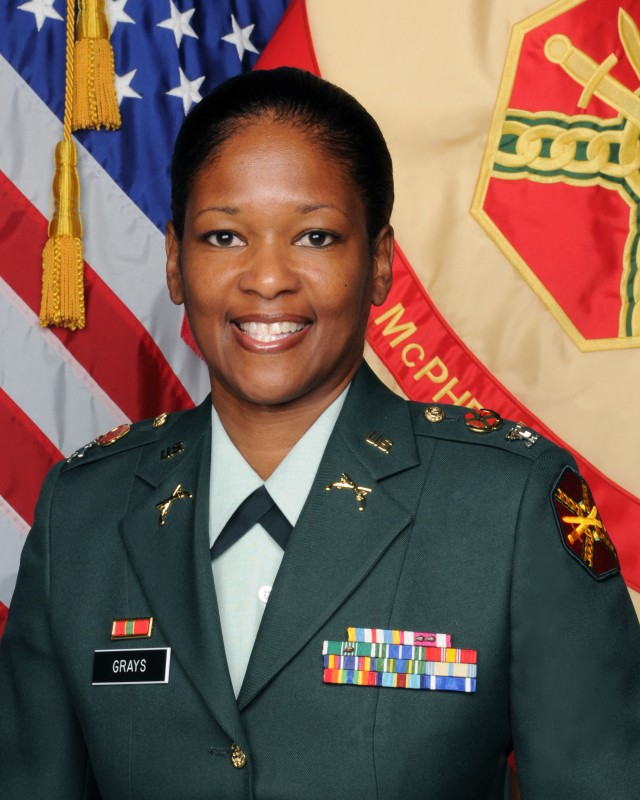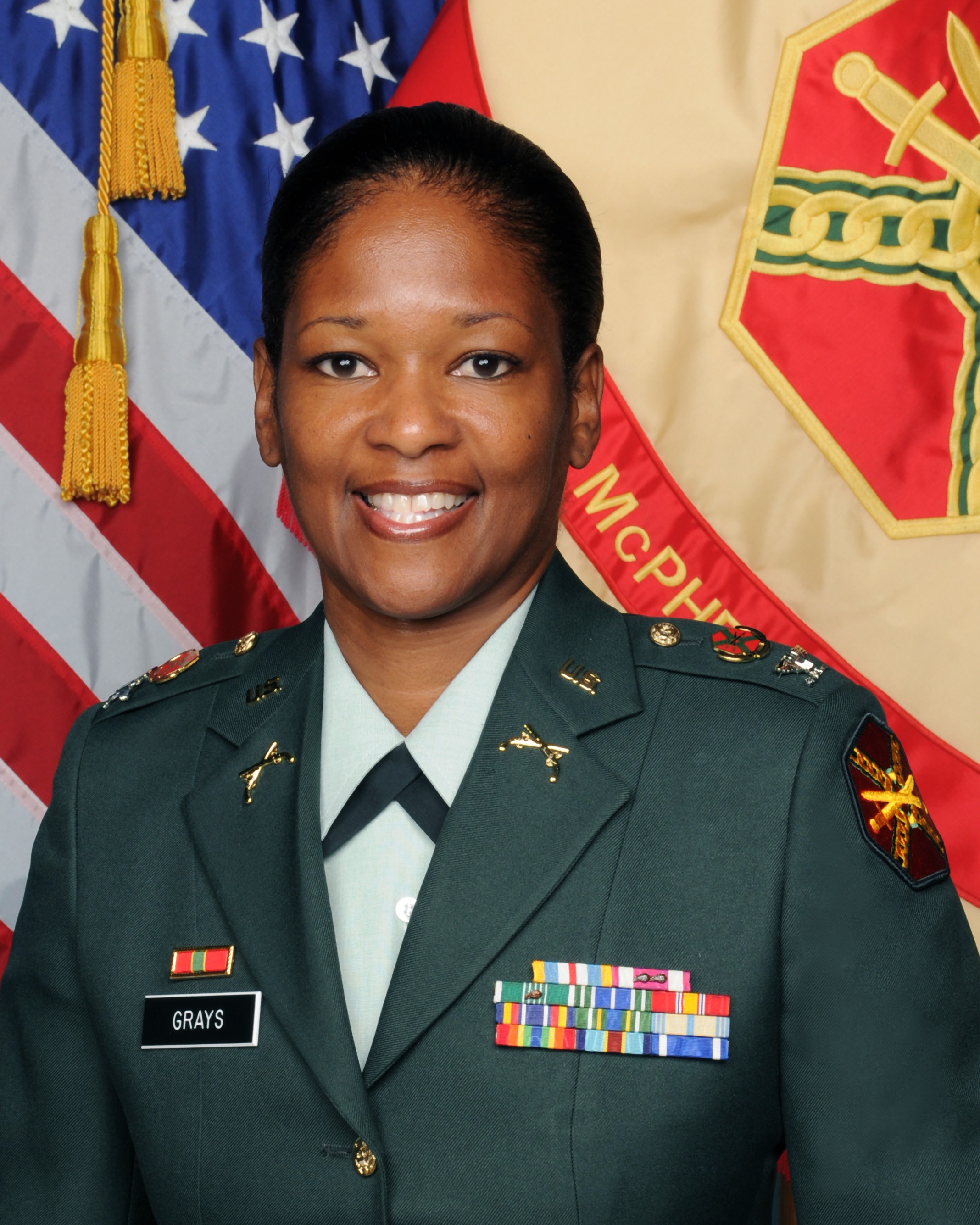Commander's Corner
Garrison Commander
Fort McPherson & Fort Gillem
As our weather continues to warm and the call of the open road beckons, many motorcyclists will be answering that call.
It's important that drivers of both the two-wheeled and four-wheeled forms of transportation share the responsibility of ensuring the safety of these bikers.
According to the Governor's Office of Highway Safety, Georgia motorcycle crashes increased more than 97 percent from 2000 through 2006.
While there were increasingly higher numbers of motorcycles on the road during that period (the number of registered motorcycles increased by almost 84 percent), statistics show that nearly two-thirds of car-motorcycle accidents are caused by the drivers of the automobiles, most often during the daylight hours at intersections.
Motorcycles have a small profile, often causing a problem when they're hidden in automobile drivers' blind spot.
For this reason, it's necessary that motorists take their share of responsibility for motorcycle safety.
They must get into the habit of looking for motorcycles as they drive, and not follow too closely behind a motorcycle in case traffic suddenly slows or the rider needs to maneuver the motorcycle to avoid road hazards or other dangerous traffic conditions.
Automobile drivers must also remember that motorcycles are entitled to a full lane - providing them anything less is creating an accident waiting to happen.
Of course, motorcyclists have a responsibility for their own safety, too. Their lives may depend on it.
In 2006, 3.5 percent of motorcycle crashes were fatal, compared to .5 percent for overall motor vehicle crashes.
According to GOHS, while motorcycle crashes in Georgia represented only 1.2 percent of the accidents in 2006, they accounted for 8.7 percent of the fatalities.
Motorcycle fatalities in Georgia increased 147 percent between 2000 and 2006. There are several things bikers can do to protect themselves.
They should attend motorcycle safety training. In fact, motorcycle operators must have their motorcycle safety course completion card in their possession to register or ride their motorcycles on Fort McPherson and Fort Gillem.
For information on motorcycle safety programs, contact your organization's Safety Office staff. Motorcycles leave the rider relatively unprotected, therefore it's also important that riders wear personal protection equipment.
To ride on Fort McPherson and Fort Gillem, motorcyclists must wear a Department of Transportation- or Snell-approved helmet that is properly fastened, impact- or shatter-resistant eye protection (goggles or a face shield attached to the helmet), long pants, a long-sleeved shirt or jacket, above-the-ankle boots and a brightly-colored reflective vest.
While this gear is required on post, it's also recommended for off-post riding to ensure that if an accident were to happen, the rider has every edge available to minimize his or her injuries.
Motorcycle operators on post are also required to have their headlights turned on at all times and to ensure the motorcycle has a mirror on each handlebar or fairing.
Motorcyclists from throughout Fort McPherson and Fort Gillem are participating in the Atlanta Military Motorcycle Rally today.
The rally, which started yesterday, is sponsored by the Installation Management Command-Southeast Region, the U.S. Army Garrison, U.S. Army Forces Command, First Army, U.S. Army Central/Third Army, the U.S. Army Reserve Command and other organizations throughout Fort McPherson and Fort Gillem.
These organizations put together an incredible program to help teach and reinforce solid motorcycle safety skills to those who are participating.
Yesterday's activities included riding and safety demonstrations, information on DoD and industry motorcycle safety initiatives, training workshops and more.
Today's portion of the event will include a ride to the Andersonville National Historic Site, with participants escorted by the Patriot Guard Riders motorcycle club.
I would like to thank the individuals who put the rally together for their time and effort in creating this very special, and possibly lifesaving, event.
The only thing worse than living with the nightmare of having hit a motorcyclist with your automobile is being that motorcyclist.
The best way for operators to reduce the likelihood of an automobile-motorcycle collision is for both parties to pay attention.
Sharing is caring, and nowhere is that more true than on our highways.


Social Sharing